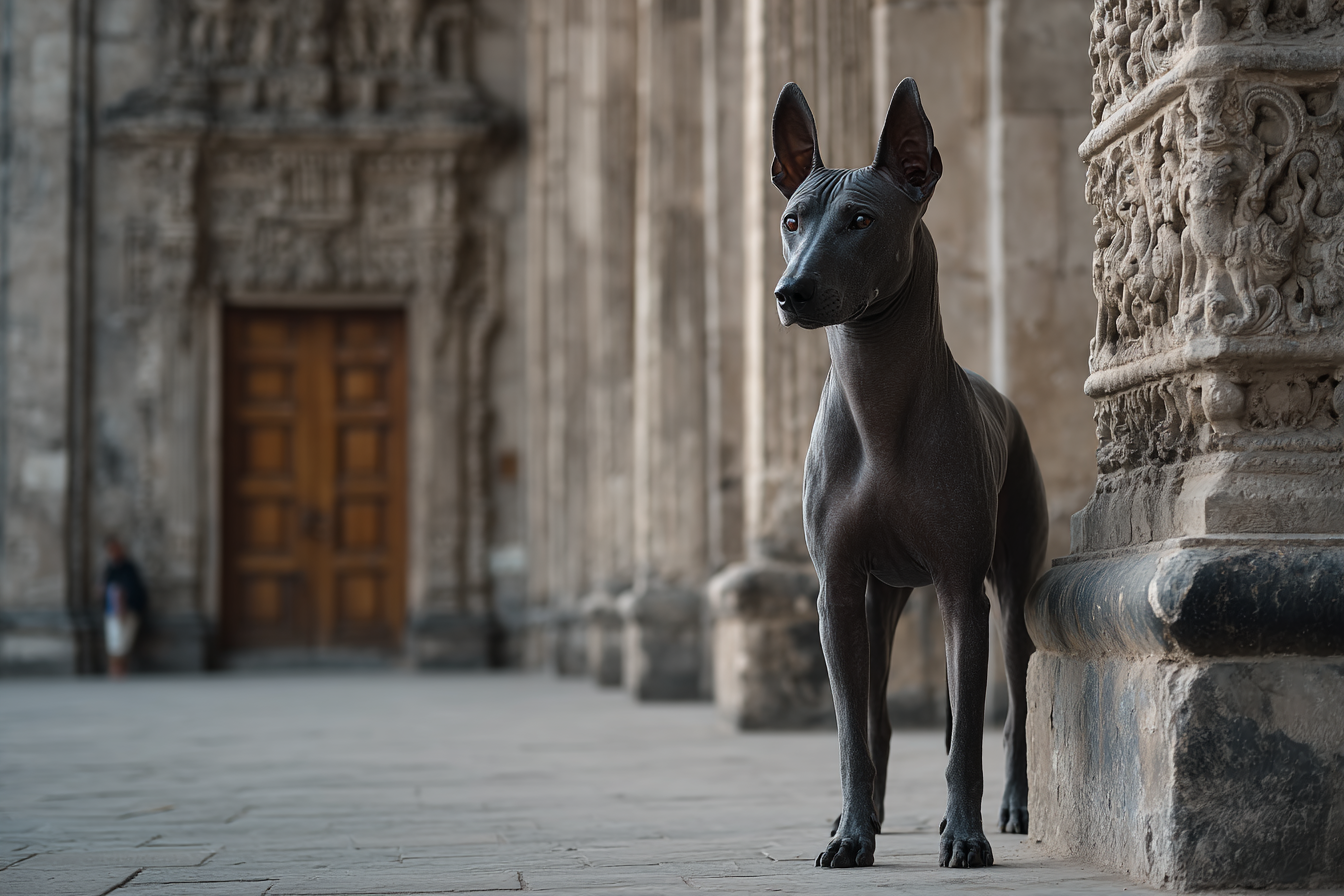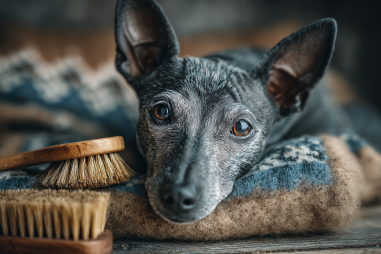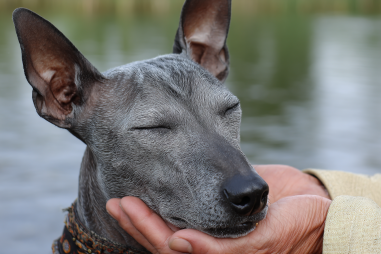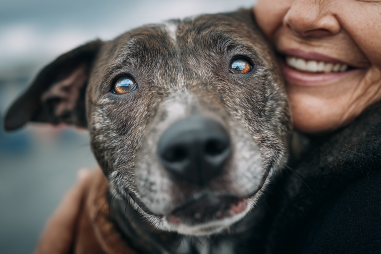The Xoloitzcuintli, often affectionately called the Xolo or Mexican Hairless Dog, has been the subject of intrigue and wonder for centuries. This ancient breed, with its distinct appearance and deep cultural roots, carries a legacy filled with both myths and truths. While certain stories paint the Xolo as mystical creatures or supernatural guardians, the reality is often far more fascinating and grounded in history and science. In this article, we’ll journey through some of the most common myths surrounding the Xoloitzcuintli, explore the historical origins of these stories, present scientific facts about the breed, and reflect on how myths have influenced public perception and care. Along the way, we’ll appreciate the breed’s rich cultural significance and emphasize the importance of educating the public to celebrate the truth about these unique dogs.
Common Myths Surrounding the Xoloitzcuintli
The Xoloitzcuintli is a breed enveloped in captivating myths that have been passed down through generations. One of the most prevalent myths is that the Xolo has supernatural powers or acts as a spiritual guide in the afterlife. According to ancient lore, the Xolo was believed to escort souls safely to the underworld, protecting them from evil spirits. This idea contributes to the breed’s mystical aura.
Another myth revolves around the belief that the Xolo’s lack of fur means they are hypoallergenic, which is not entirely accurate. While they may shed less than some other breeds, they still produce dander, and allergic reactions can occur.
Additionally, many assume that because of their hairless trait, Xolos require minimal grooming and skin care, but this misconception can lead to neglect of their skin, which is prone to sunburn and dryness without proper care. Lastly, some myths suggest that Xolos are aggressive or difficult to train, when in truth, they are known for their loyalty and intelligence.
Historical Origins of These Myths
The myths about the Xoloitzcuintli are deeply rooted in the culture and beliefs of ancient Mesoamerican civilizations. The Aztecs, Toltecs, and Mayans held the breed in high esteem, often associating them with religious and spiritual practices. Their name, “Xoloitzcuintli,” combines “Xolotl,” the Aztec god of lightning and death, and “itzcuintli,” meaning dog in Nahuatl.
The breed’s role in funerary rites, where it was believed to guide the soul to Mictlan (the underworld), established its symbolic importance which eventually evolved into the perception of supernatural guardianship. This reverence was not limited to mythology but also reflected practical uses, such as companionship and pest control.
As indigenous beliefs blended with colonial influences, some stories became exaggerated or misunderstood, giving rise to myths that now partially obscure the breed’s true nature.
Scientific Facts About the Breed
Beyond the myths, the Xoloitzcuintli is a scientifically fascinating breed. Biologically, they are among the oldest and rarest dog breeds globally, with evidence dating back over 3,000 years. Genetic studies show that they descend from a common ancestral dog predating many modern breeds.
The breed comes in three sizes: toy, miniature, and standard, and in two varieties: hairless and coated. The hairlessness is due to a genetic mutation affecting hair growth, which also results in their characteristic smooth, tough skin. Contrary to some myths, hairlessness doesn’t mean a lack of health concerns; their skin requires diligent care, including moisturizing and sun protection.
Behaviorally, Xolos are intelligent, calm, and devoted. They can be excellent family pets when socialized properly and trained. Furthermore, their body heat and affectionate nature have contributed to some thinking they possess therapeutic properties, especially in ancient times where they were used as living warmers or emotional support.
How Myths Influence Perception and Care
While the myths surrounding the Xoloitzcuintli add to their mystique and popularity, they can also lead to misunderstandings that affect how the breed is perceived and cared for. For instance, the misconception that Xolos are hypoallergenic has led some allergy sufferers to adopt them without proper allergy testing, resulting in unexpected allergic reactions.
Similarly, the notion that the breed requires minimal grooming can cause skin problems if owners neglect regular moisturizing and protection from environmental factors like sun exposure. Others might avoid adopting a Xolo due to beliefs that they are aggressive or have unpredictable temperaments, which doesn’t align with the breed’s true, gentle nature.
Understanding the difference between myth and fact helps ensure that owners can provide the appropriate care and that potential adopters have realistic expectations, fostering better welfare for the breed.
Cultural Perspectives on the Xoloitzcuintli
The Xoloitzcuintli holds an enduring place in Mexican culture and is considered a national treasure. This breed is often revered as a symbol of Mexican heritage and indigenous identity. Its image frequently appears in art, folklore, and even contemporary media, underlining its cultural significance.
Traditional festivals and museums celebrate the Xolo’s history, and modern Mexicans see the breed not only as a companion but also as a connection to their ancestral roots. This cultural pride has helped promote the conservation and responsible breeding of the Xolo, contributing to its survival and global recognition.
Internationally, the breed’s unique look and fascinating background have sparked growing interest, but cultural appreciation sometimes gets mixed with exoticism. It’s important to recognize the breed’s cultural context to truly honor its legacy and treat the Xolo with respect.
Educating the Public About the Breed
Educating prospective owners, enthusiasts, and the public at large about the Xoloitzcuintli is crucial to dispelling myths and promoting informed appreciation. Reliable sources such as breed clubs, veterinarians, and knowledgeable breeders offer valuable information on proper care, behavior, and health.
Public outreach efforts can include:
- Workshops and seminars highlighting the breed’s history and needs
- Informational materials that clarify common misconceptions
- Promotion of responsible breeding practices emphasizing health and temperament
- Social media campaigns sharing real-life experiences and facts about Xolos
Increasing awareness helps create a community of responsible Xolo owners who understand the breed’s unique qualities and can advocate for its well-being.
Understanding the True Essence of the Xoloitzcuintli
Ultimately, the Xoloitzcuintli is a remarkable blend of history, culture, and biology. By separating myth from fact, we allow the breed to be appreciated for what it truly is—an ancient, intelligent, and loyal companion with a deeply rooted cultural heritage. Its mystical image can coexist with scientific understanding, enriching our respect and care for these fascinating dogs.
Whether you are a prospective owner, a history enthusiast, or simply curious about this unique breed, embracing the truth about the Xoloitzcuintli enhances the experience of sharing your life or interest with them. In doing so, we honor their legacy, support their health, and ensure their continued survival as a cherished breed in the modern world.







